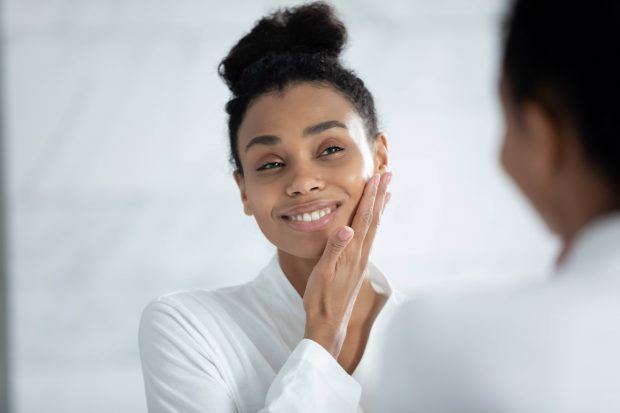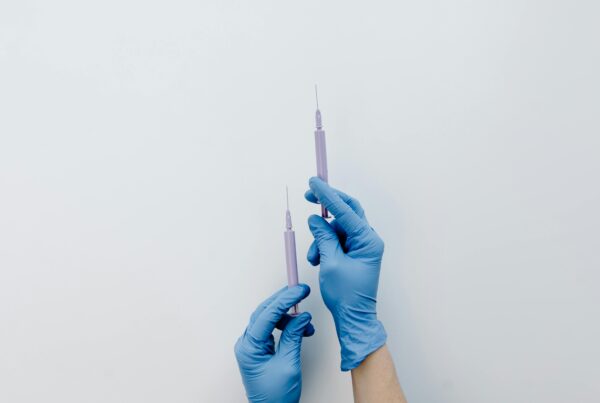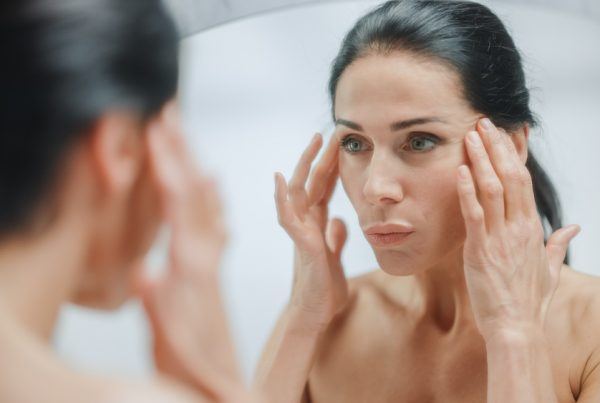The term melanin-rich skin has become a popular topic of discussion in the beauty industry over the recent year. It is no secret that we have been inundated with skincare products that promise a targeted approach when it comes to this specific type of skin.
It is always surprising to see skin care products that are advertised specifically for male skin or for women with darker skin types. This may come as a shock. But skincare products, and more specifically skin ingredients, are both color- and gender-blind.
It is very simple. Our skin type is what determines what skincare ingredients will be most beneficial and what leaves you with the best results. Dr Alec Nikolic, skin expert, explains.
Melanin and Skincare
Melanin is a brown pigment that produces various shades and colors of the skin. The amount of melanin in the skin is what determines the coloration or pigmentation of the skin. Specialized cells in the body produce Melanin is produced by specialized cells, called melanocytes, that are scattered among the other cells in the top layer of the skin, the epidermis. After melanin is produced, it spreads to other nearby skin cells.
Studies indicate that even though there are some differences between darker and lighter skin, there is no difference when it comes to choosing skin-care products. When choosing skincare products we need to determine our skin type. This is because everyone’s skin needs the same ingredients to address the same problems. Whether this is dry skin, acne, wrinkles, sun damage, uneven skin tone, oily skin, rosacea, or sensitivity.
We all require the same basic skincare regime. This includes a good cleanser, effective sun protection, a moisturizer, and an antioxidant. Although this basic skincare regime will work for everyone, people with more richly-melanated skin are more prone to some skin concerns than lighter skin types.
Skincare for melanin
Below, I highlight some concerns to be aware of if you have melanin-rich skin. I also share how you can manage these concerns through skincare treatments.

fizkes/shutterstock
More prone to keloids or raised scarring
Treating scars and marks can be very tricky. I would advise my patients to do a combination of treatments that include topical and professional in-office treatments like Dermapen that can significantly improve their appearance.
My topical recommendation: SONOMA Epicyn
Susceptible for hyperpigmentation
Hyperpigmentation is one of the most common skin concerns, affecting over 40% of my patients. An abnormally high amount of melanin in the skin causes hyperpigmentation. Exposure to sunlight, disorders that cause inflammation, certain medications, pregnancy, and other hormonal changes can exacerbate hyperpigmentation. The good news is that one can treat it with chemical peels, laser therapy, and tropical products.
My recommendation: Sk.in gloss | radiant shot
More often struggles with acne
Although it is usually teenagers who deal with acne, over the years, adults have also started to suffer from this condition. Dr Nikolic suggests using products specifically indicated for the treatment of mild acne, with brands such as Lamelle and NeoStrata having a range of acne and oily skin treatments.
My recommendation: NEOSTRATA Refine range or Lamelle Clarity Range.
Increased melanin distribution and production
Usually, melanin occurs fairly evenly in the skin. However, sometimes people have spots or patches of skin with more or less melanin. Examples of such spots include freckles, age spots (lentigines), and melasma. I would recommend incorporating a serum into your night-time skincare routine. The serum will help lighten uneven pigmentation by controlling melanin production.
My recommendation: NEORETIN Serum Booster Fluid
In a nutshell, we all need the same skincare ingredients for our specific skin types, rather than the color of our skin or gender.



![women [longevity live]](https://longevitylive.com/wp-content/uploads/2020/01/photo-of-women-walking-down-the-street-1116984-100x100.jpg)










